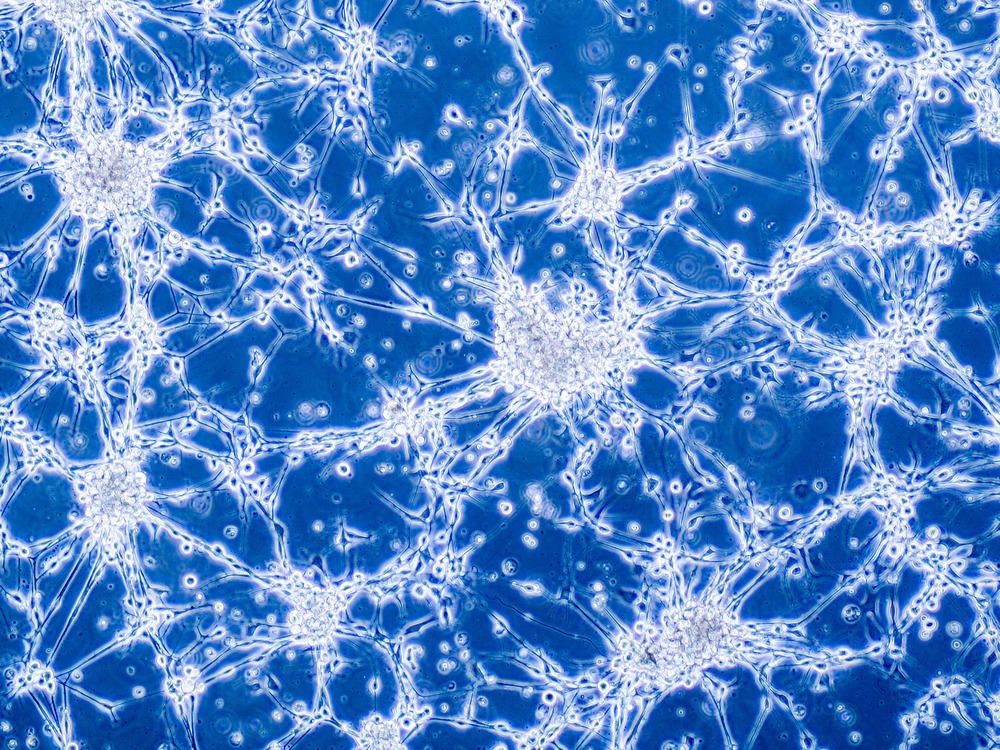In an article recently published in the journal ACS Applied Material Interfaces, the authors summarized glioma stem cell-based therapies and their mechanism of action against GBM, drawing attention to nanomedicines strategies.

Study: Nanomedicines Targeting Glioma Stem Cells. Image Credit: Anna Durinikova/Shutterstock.com
Therapeutic strategies for glioblastoma (GBM) have ominous prognostic signs. The capacity of glioma stem cells (GSCs) to undergo self-renewal and multilineage differentiation plays a critical role in tumor growth or GBM. Hence, anti-GSC strategies are imperative to prevent the reoccurrence of the disease.
Therapeutic Approaches to GSC Treatment
Glioma is the most prevalent tumor type in the central nervous system (CNS). GBM is malignant glioma with invasive capacity, which commonly reoccurs due to GSCs. Conventional anticancer therapies are impotent to target GSCs due to their high resistance. Thus, GSC-targeting therapeutics are relevant strategies to combat ominous prognoses in GBM patients.
Extensive research was carried out to target GSC biomarkers and signaling pathways. ATP-binding cassette (ABC) transporters or obstructing signaling pathways aiding in multidrug resistance can sensitize GSCs to traditional therapeutic approaches.
GSC crosstalk with tumor microenvironment to protect their intrinsic properties makes any therapeutic effort inefficient. In brain tumors, the major challenge for therapeutic agents is to cross the blood-brain barrier (BBB), which makes the tumor treatment ineffective. In this context, various nanotechnology-based drug delivery systems play a vital role in encouraging therapeutic outcomes.
Cancer stem cells (CSCs) play a vital role in the cancer life cycle from initiation to therapeutic resistance. Every CSC can rebuild the entire tumor. Hence, it is critical to eliminate CSCs during cancer treatment. The intracellular and extracellular pathways and factors responsible for CSC activities are the drug targets to inhibit CSC activity.
Previous studies revealed that the GSCs are resistant to carboplatin, temozolomide (TMZ), etoposide, and paclitaxel. Evaluating the GSCs revealed the expression of high levels of methylguanine methyltransferase (MGMT) mRNAs, and breast cancer resistance protein (BCRP1) to inhibit the apoptosis of GBM.
Furthermore, research studies revealed that treating GBM xenografts with ionizing radiation enriched them by three to five folds due to the reoccurrence of GBM after radiation therapy. Researchers found that on subjected to radiation treatment, GSCs activate the checkpoint proteins to temporarily arrest the cell cycle and activate the repair mechanism for DNA damage, suggesting that the cell cycle of GSCs resumes after DNA damage repair. Thus, the previous studies reveal that due to the defensive repair mechanisms of GSCs, it is difficult to target them.
Hydrophobic drug compounds can diffuse into brain parenchyma through transcellular diffusion, and hydrophilic drug compounds can enter the brain through the paracellular route. TMZ is approved for high-grade malignant glioma treatment, and lomustine, approved by FDA for a brain tumor, can cross the BBB effectively due to its lipophilicity and small size.
Nanomedicine for Anti-GSC Treatment
In the present study, the authors discussed the crucial properties of GSCs and their corresponding mechanisms that maintain stemness and summarized recent anti-GSC therapeutic strategies. They also highlighted nanomedicine-based GSC treatment as the future of anti-GSC therapy.
Nanoparticles in GSC Treatment
Nanoparticles (NPs) such as polymeric micelles and liposomes can tackle the problems associated with GSC treatment. These are effective drug carriers with good loading capacity and better shielding effects for anticancer drugs, nucleic acids, or antibodies, thus helping in achieving good solubility, extended stability, and increased bioavailability.
Charged lipids have amphipathic properties. In aqueous media, phospholipid assembly can form nanostructures like liposomes, micelles, or solid lipid NPs. Multiple hydrophilic and hydrophobic drugs can be encapsulated in self-closed structures, preventing the degradation of loaded cargo. Examples of liposomal formulations include cationic liposome (SGT-53, NCT02340156), PEGylated liposomal doxorubicin (NCT00944801), immunoliposome (C225-ILs-dox, NCT03603379) and, nanoliposome (CPT-11, NCT00734682), which have advanced to the clinical trial stage for GBM treatment.
Polymer NPs are another promising nanoplatform for drug delivery, prepared from natural polymers such as gelatin, dextran, albumin, chitosan, or synthetic polymers like poly(lactic-co-glycolic acid) copolymers (PLGA), poly(ε-caprolactone) (PCL), and poly-(amino acids) and poly(lactic acid) (PLA). Polymer NPs used individually or in conjugation improve water solubility, enhance compatibility, lower toxicity, structural stability, and biodegradability. Various therapeutic agents can be trapped, encapsulated, or adsorbed onto the polymer matrix surface. These polymer-based NPs allow the controlled release of drugs. Out of numerous polymeric nanomedicines that reached clinical trials, only a few were clinically approved, such as Nab-Rapamycin (ABI-009, NCT03463265), which is currently under human trials.
Inorganic NPs like gold NPs and superparamagnetic iron oxide NPs (SPIONs) are potential biomedical agents for cancer imaging and therapy. Due to the superparamagnetic behavior of SPIONs, they are applied in magnetic resonance imaging (MRI), transfection, CSC tracking, and magnetic hyperthermia. The phase II clinical trials revealed that thermotherapy with an alternating magnetic field using magnetic NPs was effective and safe in GBM patients.
Gold NPs have high biocompatibility and low toxicity and are facile to synthesize or manipulate, making them a promising candidate for biomedical application. Gold NPs allow deep tissue penetration of light energy due to their shape anisotropy. Bcl2-like12 (Bcl2L12) is a Bcl-2 family protein designed based on spherical nucleic acid attached to the core of gold NP. The zero phase clinical trials confirmed their brain penetration precision for systemic treatment against GBM.
In conclusion, nanotechnology-based GSC therapies which can suppress tumor growth and overcome drug resistance were discussed in the present work. NP-based drug carriers preserve pharmacological activities and enable BBB penetration to increase the accumulation of antitumor drugs and improve the therapeutic efficiency, avoiding ameliorating chemotherapy side effects.
Reference
Sabu, A., Liu, T., Ng, SS., Doong, R., Huang, Y., Chiu, H. (2022) Nanomedicines Targeting Glioma Stem Cells. ACS Applied Materials & Interfaces https://pubs.acs.org/doi/10.1021/acsami.2c03538
Disclaimer: The views expressed here are those of the author expressed in their private capacity and do not necessarily represent the views of AZoM.com Limited T/A AZoNetwork the owner and operator of this website. This disclaimer forms part of the Terms and conditions of use of this website.